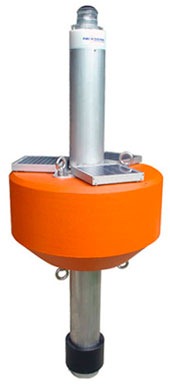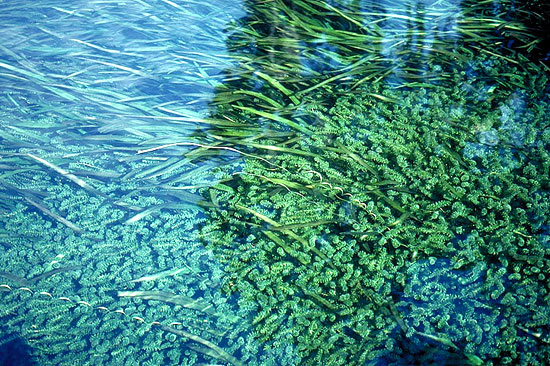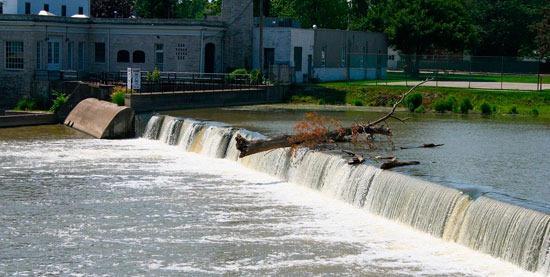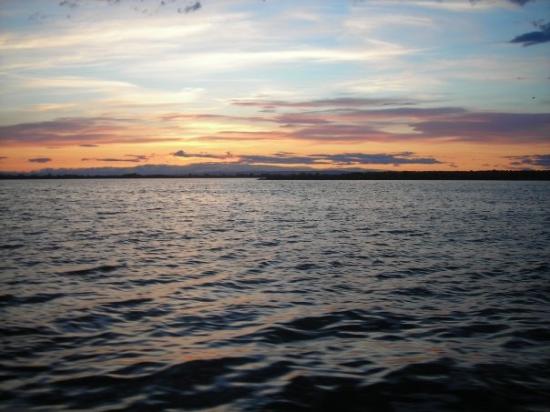Lake Takanassee Dredging to Reduce Floods
0
Dredging operations near Duluth, Minn. (Credit: U.S. EPA)
New Jersey’s Lake Takanassee has a flooding problem. Those living near the lake’s western end are most affected. They’ve seen higher waters when rain comes through.
But instead of building a levee or some sort of structure to divert water away, the town of Long Branch partnered with Monmouth County to dredge the water body. Dredging projects are usually undertaken to remove contaminated sediment. The operations in Takanassee show how dredging can be beneficial in other ways.
Testing revealed that sediment in Lake Takanassee had low pollutant levels. This meant it would make suitable landfill cover. As Atlanticville.com reported before dredging was greenlighted, taking out some of the lake’s sediment could decrease flooding from lake overflow, simply because there would be more capacity in the lakebed.
Dredging began in October 2013 and the first phase was completed in December. It focused on the western part of the lake. As Fred Migliaccio, director of public works for the city of Long Branch, put it: “It’s going to assist with the drainage. Now the water will flow a lot better, and now (the lake) will be able to hold more water.”
Dredged material, if clear of pollutants, can be reused. The Wisconsin Sea Grant maintains a fact sheet detailing some of the beneficial uses of dredged sediment. The sea grant notes its uses in topsoil replacement, rebuilding beach areas or wetland restoration. Lake Takanassee’s sediment, as it turns out, will be used to make roads.

Lake Takanassee as seen from space. (Credit: Google Earth)
Turner Shell, an environmental specialist with the Monmouth County Planning Board, notes: “There will be roadways built out into the lake. The material will be excavated out and loaded onto trucks and transported.”
Another 13,500 cubic yards of sediment will be stored at a passive park in Elberon, N.J. And two to four feet of sediment are slated to be dredged from the lake in all. The second phase of dredging, starting soon, will focus on the lake’s eastern end. The third phase will clear out the lake’s center.
John Tobia, director of public works for Monmouth County, says the dredging will be completed in the fall months of 2014. Tobia notes: “It should help flow-through on the drainage in that lake. It should get rid of a lot of that noxious vegetation that chokes it, and it should get it back to a much better state than it is now.”













